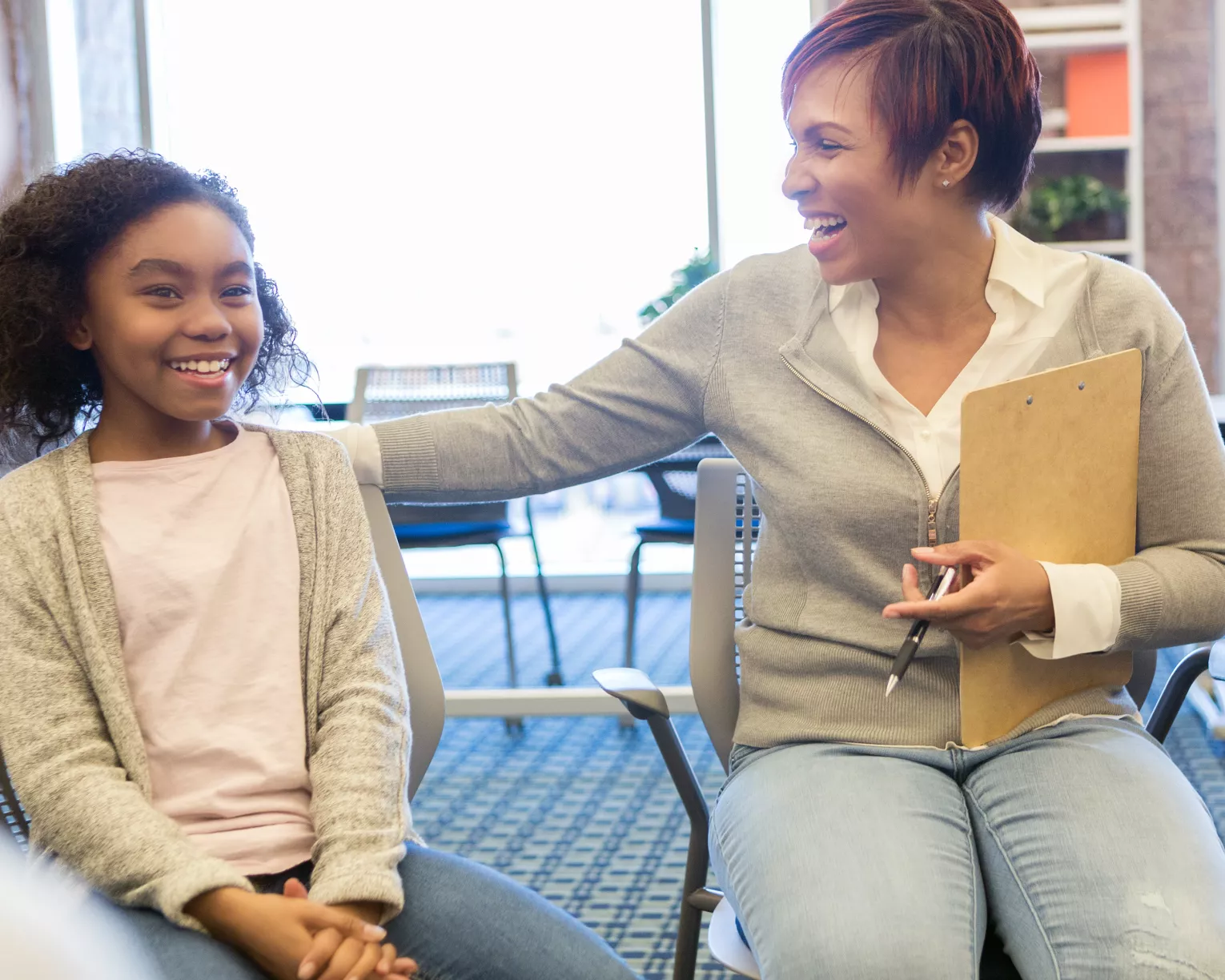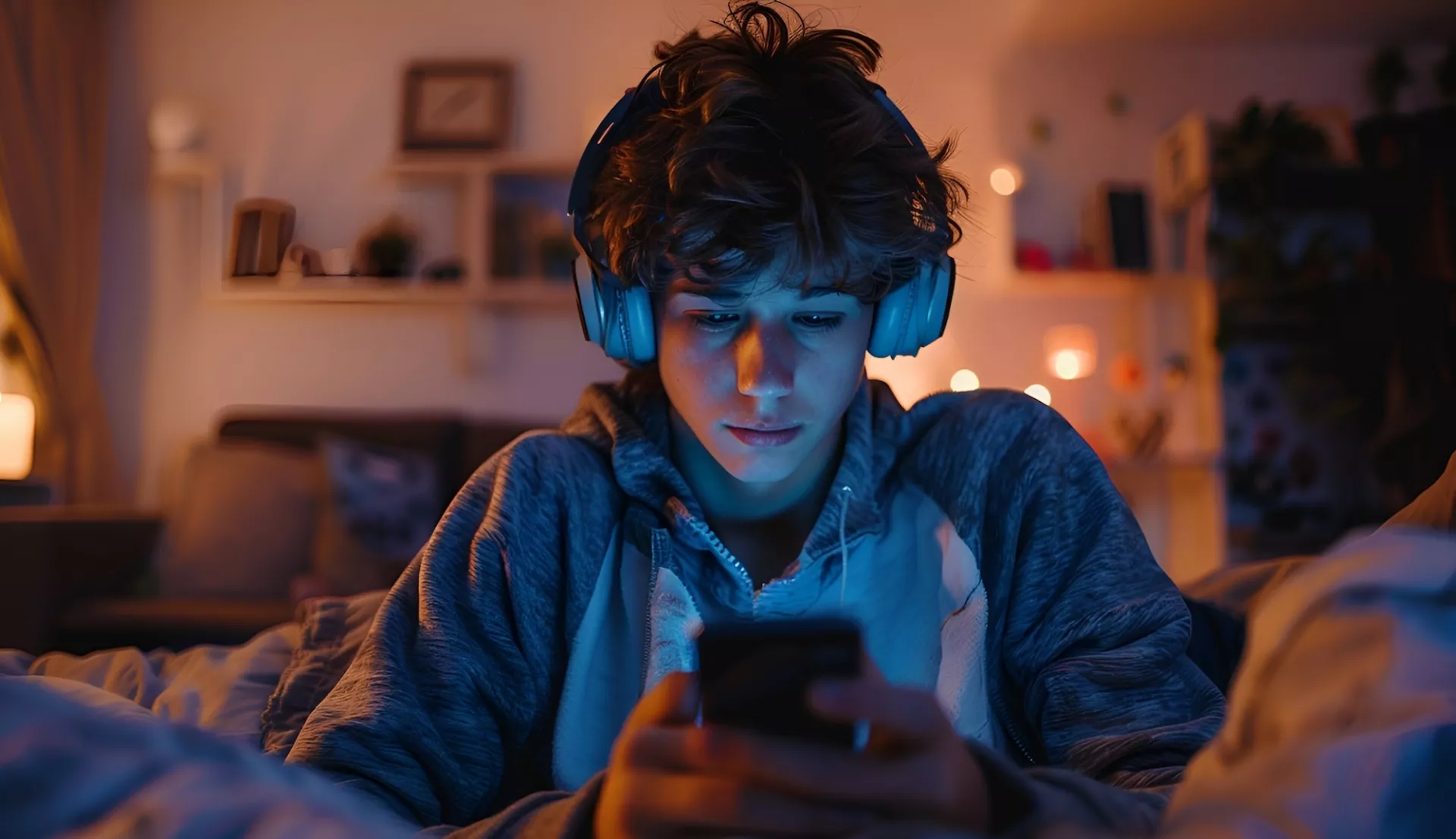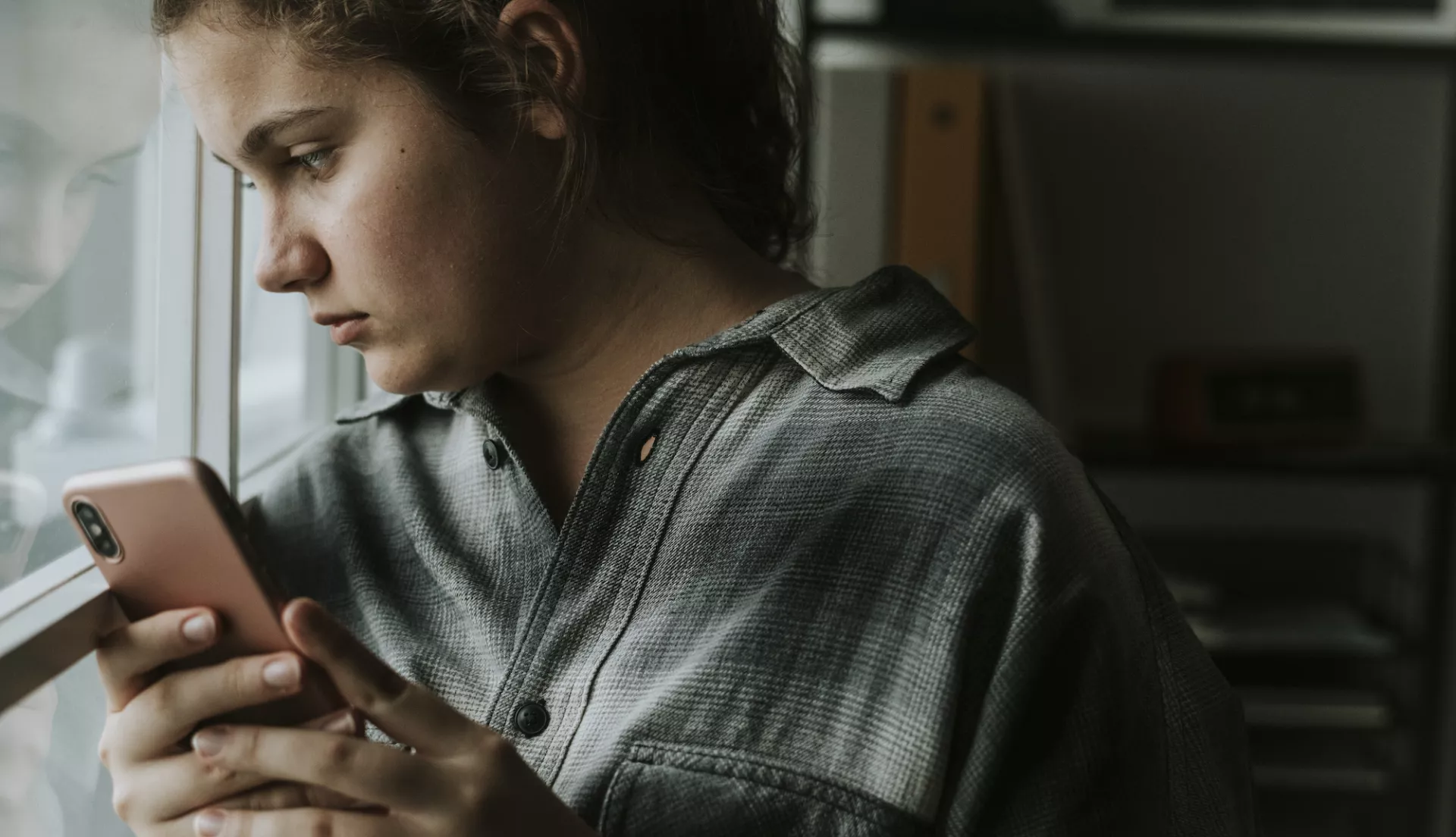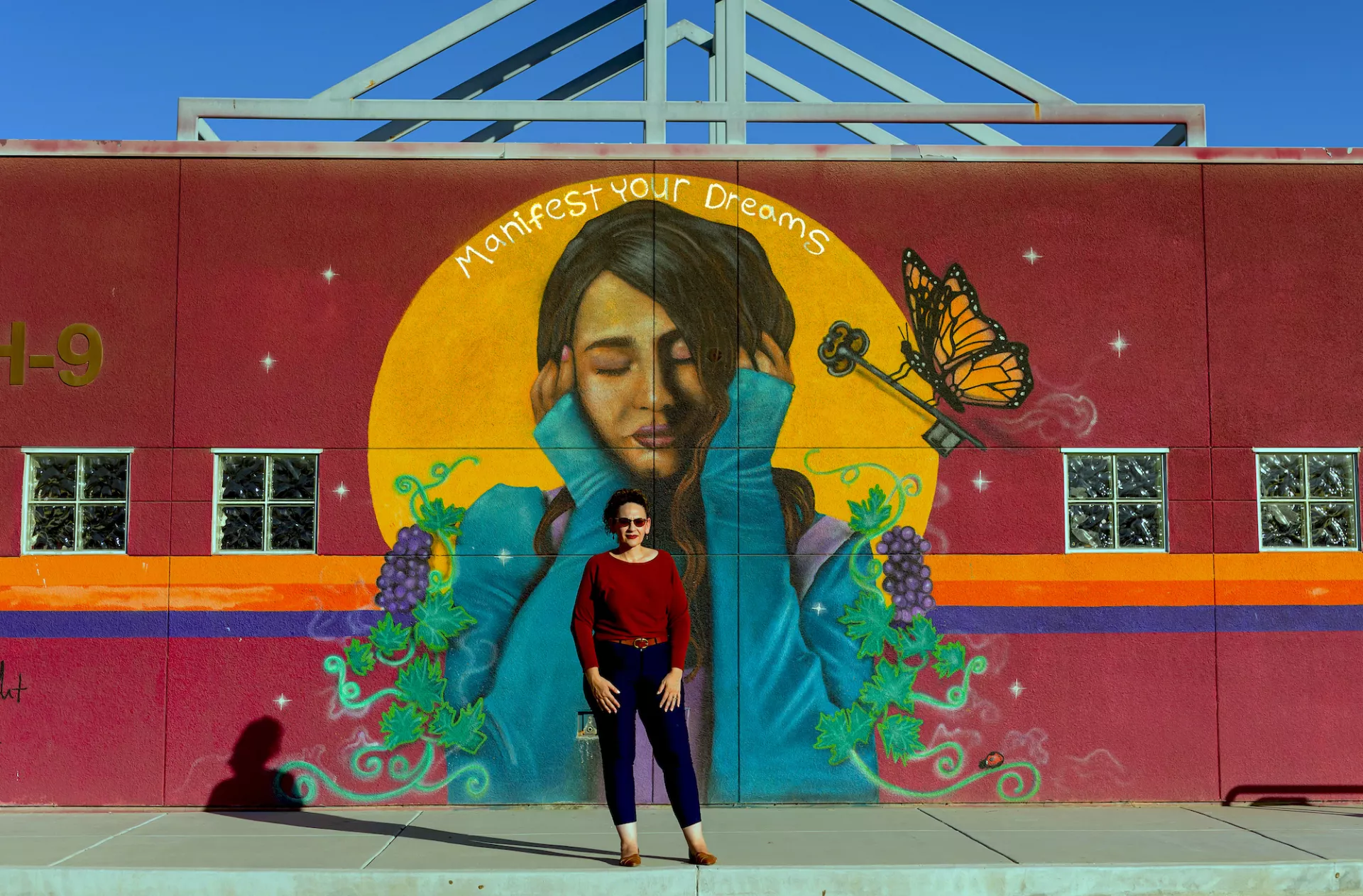Riley McGeough, a 16-year-old from New York, was in 7th grade when the COVID-19 pandemic began in 2020. When her school locked down, so did her interactions with her classmates and friends. Now in 11th grade, she believes the lockdown still affects how she socializes.
“It made me dependent on my phone because I don’t have many social connections out in person,” McGeough says. “I feel like I don’t have as many in-person social skills because I was always on FaceTime or playing video games with my friends during the lockdown.”
Students who were in 7th, 8th, or 9th grade during remote or hybrid learning experienced little to no in-person interaction during key developmental years. The pandemic dampened their interest in face-to-face social situations and involvement in extracurricular activities.
The share of high school seniors who gathered with friends in person “almost every day” dropped from 44 percent in 2010 to 32 percent in 2022, according to Monitoring the Future, a national survey of adolescents. While the pandemic deepened students' isolation, due to the proliferation of smartphones and rise of social media the trend was already well underway.
‘No One Wants to Be In-Person if They Don’t Have to Be’
Joshua Chard is an elementary school teacher and drama director at Deering High School in Portland, Maine, who has spent 32 years in public education and was recently named 2024 Maine State Teacher of the Year. Chard has noticed that high schoolers currently in their first and second years at Deering—who were 5th and 6th graders during the pandemic—are more open to socializing than older students.
“I do see a difference in the underclassmen’s ability to self-regulate and interact with each other compared to my seniors last year, who really struggled,” Chard says.

Cheryl Gillette-Lunsford has been a teacher for 15 years and currently works at a high school in San Diego, California. She has noticed students still talk with their close friends, but are less likely to make new friends in high school.
“They enjoy being in-person [at school] but they are risk averse and reluctant to make new social connections,” Gillette-Lunsford says.
McGeough says she rarely spends time together with new people from high school. If she does, it’s online via SnapChat or sharing TikTok videos.
“Overall, everyone is in the same friend groups from middle school,” McGeough says. “I find it easier texting a new person than talking to a new person.”
She says her feelings are not uncommon.
“No one wants to be in-person if they don’t have to be,” McGeough says. “If I’m working on a class project, unless we are making something that requires us to absolutely be together, everyone wants to do it on FaceTime.”
Less Participation in Club Activities
Research shows participation in extracurricular activities increases students’ engagement at school and decreases their chances of dropping out and struggling in class. According to the National Center for Education Statistics, students involved in extracurricular activities have more consistent attendance, stronger academic achievement, and greater desire to attend college after high school.
But students that experienced remote or hybrid learning in middle school or early high school are less involved in extracurricular activities, says Chard.
“Middle school is sort of the gateway to becoming involved in extracurricular activities,” he explains. “Since students didn’t have in-person extracurriculars in middle school, when they came to 9th grade, it didn’t really occur to them to start joining clubs and be a part of that school community.”
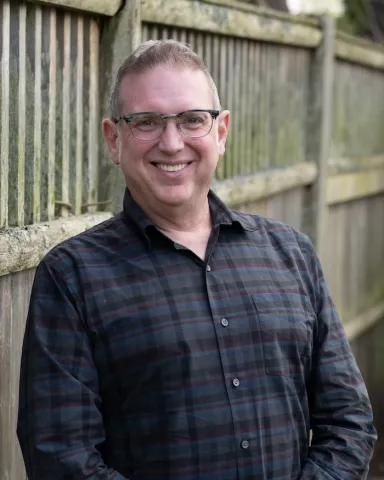
As club advisor of the drama club for a large, urban high school, Chard’s theater program typically has 30-40 participants each year, but it went down to 8 participants after the lockdown. In the years since, it has gradually increased in number.
“I still only have a small group of seniors, but my 9th graders and 10th graders are the biggest group in the club,” Chard says.
As advisor of two clubs at her high school, Gillette-Lunsford still has more younger students participating than older kids. But she doesn’t attribute it to lack of interest.
“I think a lot of them do want to get involved but it’s the gap in role models,” Gillette-Lunsford says. These students didn’t have a chance to see how the clubs worked and what they involved.
For Melissa Romano, an 18-year-old who is now a first-year student in college, not having a student role model to look up to affected her ability to run a club at her high school in New York.
Romano joined Model U.N. during her first year in high school and attended only one general body interest meeting shortly before COVID. During her senior year, she became president of the club.
“I just had no clue what to do,” she recalls.
Longing for In-Person Interaction
Gillette-Lunsford believes students want to socialize more in-person and get involved in extracurricular activities, but need a little push to get over obstacles.
“There is a yearning, but also just an exhaustion,” Gillette-Lunsford says. “There are so many gaps that they have to try and jump over.”
This year, Chard implemented a no-phones rule during drama club rehearsals except during specific break times.
“I thought everyone would be pulling out their phone during breaks, but they don’t anymore because they are having so much fun actually interacting with each other and engaging with each other on that social level,” Chard says.
Seeing his students talk to one another more during rehearsals gives Chard a positive perspective on how students may eventually grow more comfortable to socialize offline and participate more in extracurricular activities.
“As students come to us now with more of a normal middle school experience, we’re seeing a surge in the number of students that want to be involved in clubs or sports at this school,” Chard says. “Hopefully we see more and more students who are ready to step out and take the risk of trying something new at their school and becoming a leader in some special way.”
